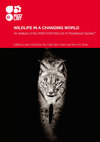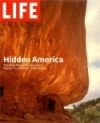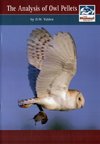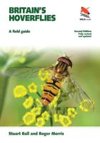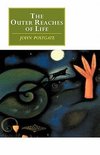
-
 Anglický jazyk
Anglický jazyk
Chitosan From Endophytic Fungi
Autor: Kilavan Packiam Kannan
Among the novel families of biological macromolecules, whose relevance is becoming increasingly evident, are chitin and its main derivative, chitosan. Chitin and chitosan are two polysaccharides which are found to be present within the cell walls of most... Viac o knihe
Na objednávku, dodanie 2-4 týždne
36.99 €
bežná cena: 41.10 €
O knihe
Among the novel families of biological macromolecules, whose relevance is becoming increasingly evident, are chitin and its main derivative, chitosan. Chitin and chitosan are two polysaccharides which are found to be present within the cell walls of most species of fungi. Chitin (poly-N-acetyl glucosamine) is the second most abundant natural polymer in nature after cellulose. This polymer is found in a wide range of natural sources, such as crustaceans, insects, annelids, mollusks, coelenterates and is a common constituent of fungal cell walls and structural membranes of mycelia, stalks, and spores.The endophytes were isolated from four medicinal plants viz. Adathoda zeylanica (Clarke and Bennet), Coleus aromaticus (Benth), Myrica nagi (Thunb) and Vitex nugundo (Linn). The edophtic fungi selected for this study were Aspergillus flavus, Botryodiplodia theobromae, Cladosporium cladosporioides, Fusarium Sp. and Phoma Sp. Chitosan was extracted from the fungal mycelia using alkaline (NaOH) and acid (acetic acid) treatments. The amounts extracted were 57mg/g, 25.2mg/g and 31.1mg/g respectively. The chitosan was analyzed by FTIR spectroscopy and its spectra were recorded.
- Vydavateľstvo: LAP LAMBERT Academic Publishing
- Rok vydania: 2016
- Formát: Paperback
- Rozmer: 220 x 150 mm
- Jazyk: Anglický jazyk
- ISBN: 9783659892080


